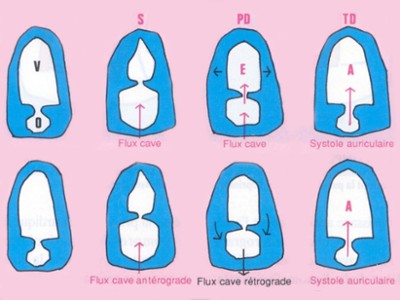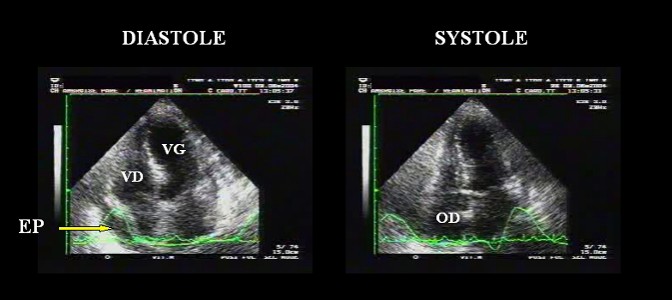Contents
00. Cardiac tamponade
01. Pathophysiological aspects
01.1 Atrioventricular competition
01.2 Ventricular-ventricular competition
01.3 Impact of respiratory variations
01.4 Ventricular interaction
01.5 Mechanical intervention of the pulmonary vessels ("pooling")
02. Hemodynamic aspects
03. Treatment
04. References
01. Pathophysiological aspects
01.1 Atrioventricular competition
01.2 Ventricular-ventricular competition
01.3 Impact of respiratory variations
01.4 Ventricular interaction
01.5 Mechanical intervention of the pulmonary vessels ("pooling")
02. Hemodynamic aspects
03. Treatment
04. References














